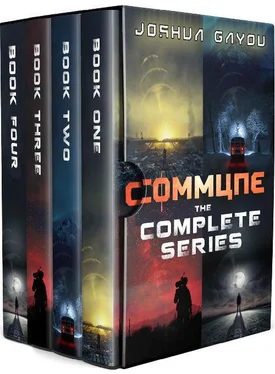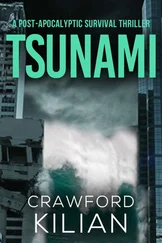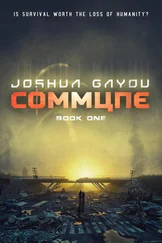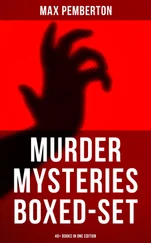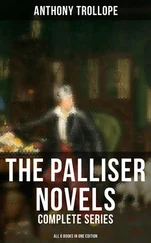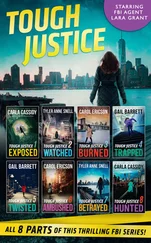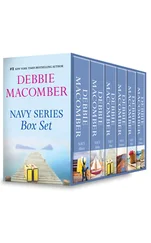The next trip out focused on food. Water was thankfully under control due to both the well out behind the house and the stream running through the bowl, but food became a constant concern for us. Our current stores (partly what we had brought with us on the road but mostly the provisions Billy had stashed away before we ever met him) would carry us through six months if we were careful, but we knew we wouldn’t be able to keep this up forever. We could only go out to scavenge food so many times before we completely exhausted anything that was left over. Our plan was to stockpile as much long life provisions as we could up front in a frenzy of concentrated gathering. This would provide us with the breathing room we needed to come up with a more permanent solution.
Billy spent a lot of time pouring through his books on the subject. For all of his interest in self-reliance and preparation, it seems he had never counted on things going so far south that basic services never came back. There was always this inner belief that infrastructure, agriculture, shipping, and emergency services would make a comeback after some reasonable period of time (the concept of “reasonable” being relative to the severity of the disaster that had preceded it). Though he had purchased books on the subject due to a broad interest in the content, he never really believed long-term survival would depend on the ability to maintain a subsistence farm indefinitely. He suddenly found himself needing to play catch-up with regard to such problems as production area per person, crop rotation, irrigation, and seasonal crops. Foods like potatoes and beets were planned to be our mainstays but we weren’t convinced that these were crops we could keep going all year round without first building some sort of enclosed greenhouse; the winters in Wyoming were bitter and, unfortunately, the growing season in our area was one of the shortest in the state. Billy spent hours reading through several books, taking notes, and devising planting schedules in a notebook.
An additional problem to all of this was the fact that we actually needed something to plant. We couldn’t just point at a section of ground and decree that “here there shall grow carrots.” We actually needed some carrots to stick in the ground. When Jake mentioned this at one point, Billy responded by digging a big whiteboard out of a corner in the garage (which had become our staging area for mission-based tasks like scavenging or work projects in the immediate area), hung it up on the wall, and began to divide it into sections with a dry erase marker. Within each section, he added a heading such as “Clothes,” “Shelter,” “Food,” “Weapons,” “Building,” and so on. In the square for food, he began to write entries like “Potatoes,” “Carrots,” “Beets,” and “Corn.”
He turned back to us and said, “The fundamental problem is that to plant a crop of something, you need a bit of that something to start with. That means we’ve got to go out and find this stuff to get started. Now, we can grow just about anything from seeds if we can find the seeds, but we may also be able to just find and transplant living vegetation. There are farms all around the area which may still have viable sources right in the ground. I say “may” because I don’t know where this state was in the harvest cycle when the Plague hit critical mass. Either way, we’ll need to scout and see what we can find. We’ll also be able to look for packets of dried seeds in places like home improvement stores. The people who lived in this state tended toward a self-sufficient nature; there will be all sorts of businesses out there that catered to the home farmer. Keep your eyes open for anything that says “Hydroponics” in the sign. Places like those should be goldmines.”
Jake snorted humorlessly to himself. “Out in California, ‘hydroponics’ was just code for ‘weed growing supplies’.”
Billy paused and seemed to contemplate this for a moment, looking up at the high ceiling of the garage. “The climate here for pot is all wrong but if you happen to find any, bring it back here certainly. I’d hate to think I’ve already smoked my last joint.”
I laughed at this and Billy hastened to add, “I’d never do that in front of Lizzy, of course.”
I laughed even harder. “Billy, after everything we’ve been through—after what that kid has seen, you think I care about you taking a hit? Just do it outside is all I ask; the stuff smells like a skunk’s business end.”
Billy nodded, turned around, and wrote in “cannabis” under “corn.” He looked at this for two seconds and then added a question mark next to it. Behind his back, Jake glanced in my direction and gave me a “do you think he’s messing with us?” look. I smiled and shrugged.
In the absence of easily renewable power, our evenings began to feel like Family Fun Night. When the light failed, we would light candles and spend time together in the front room. Most evenings found Billy in his favorite leather chair by the fireplace (not lit during this time; the log home was surprisingly good at holding in the day’s heat) with a bright LED lantern propped over his head on a wall shelf. He usually had about five or six books stacked next to him on a side table with a notebook in his lap, switching between reading various volumes and scribbling in the notebook, often times muttering to himself. I spent some time in Billy’s library trying to find books to read but his taste in novels skewed in a direction different to mine. He tended to favor a lot of classics and various flavors of what I thought of as “Manly Fiction”—many sci-fi, military, and thriller titles with a lot of historical fiction sprinkled throughout. My tastes swung toward romance and supernatural stories, so there was little for me in his collection. I made a mental note to have Jake pull over the next time we passed a bookstore.
Billy also had a good collection of board games, which we used to play often in the evenings. We would spread the game of the night out on the low coffee table between the couches and chairs in the house’s main front room. There were plenty of the standard games that everyone in the world knows like Monopoly, Sorry, The Game of Life, and even Battleship but he also had some games that I never heard of like Stratego, Risk, Forbidden Island, and more. He also had a chess set, to Jake’s delight, which would sometimes be set up on the table so he could teach Elizabeth to play. To my surprise, she was eager to learn. The game might as well have been Greek Calculus to me, so I had a hard time following some of the concepts he went over with her. Even so, after a few nights of listening to him go over the rules of the game, I found myself picking up more than I intended.
I recall the first evening he just focused on how each piece moved. Some of them were simple, like the bishops and rooks but others seemed like a pain, like the knights. When I said as much to him, he said, “Knights are horribly undervalued in this game. The nature of their movement makes it harder for your opponent to anticipate your intention; I’ve won several games because the person I played against made a simple blunder—they basically forgot that my knight was covering a key square. I’d personally take two knights over a queen in any game, really.”
“Get out of here,” said Billy from his chair, looking at Jake around the edge of his book. “Over a queen?”
“Sure,” said Jake.
“Think I want to play you some time. Might be an easy win.”
Jake sat back and smiled. “I’d like that.”
On the following evening, Jake discussed how there were essentially three phases to any real game of chess: an opening, middle, and end game. “The opening is where the players position their pieces, planning their attacks and defenses. The middle game is where all the plans you set up in the opening are executed, which typically results in a bunch of pieces getting captured on both sides. The end game is where you have a reduced number of pieces, sometimes only a couple, and someone is actively pursuing a mating move.”
Читать дальше
